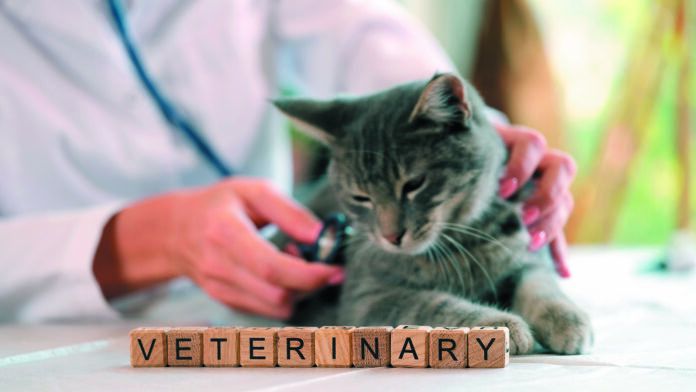In any given year, more than half of all people with cats do not bring them to the veterinarian, surveys suggest. If you’re like most people who love a cat, you know why. They hate going.
But new guidelines issued jointly by the American Academy of Feline Practitioners and the International Society of Feline Medicine should help make veterinary visits go more smoothly because they encompass more than just how a veterinarian should touch a cat.
The distinction is in the new title. The old guidelines, which came out more than a decade ago, were called the “Feline Friendly Handling Guidelines.” The new guidelines, in recognition that non-physical interactions also influence a cat’s receptivity, are called “Cat Friendly Veterinary Interactions.” They address not just the sense of touch — how a vet holds or feels a cat — but other senses, too, all of which can impact a cat’s emotional equilibrium.
Odors. “Cats are highly sensitive to olfactory stimuli,” the guidelines point out, “and strong perfumes and other potentially aversive smells, such as the scent of other animals, should be avoided where practically possible.”


Sights. How the vet looks at your cat can be very meaningful. “Direct eye contact from an unfamiliar person can be perceived as threatening,” say the updated guidelines. “Many cats respond positively to slow blinks in their direction.”
Restraining a cat is now frowned upon
Another significant change from the old guidelines to the new concerns restraint. In the old version, “minimal restraint” was called for. But, says the new one, “restraint implies a lack of control or consent on behalf of the cat, and there is evidence to prove that interactions without restraint are more efficient and effective.” The new guidelines go on to make the point that it’s critical to give cats “a sense of control through cooperative care.”
How can a vet examine a cat without restraining it? The new guidelines point out that it is “preferable to give the cat the opportunity to initiate the interaction, and this can be encouraged by getting down to the cat’s level a few feet away from them and extending a soft (relaxed and gently curved) hand to invite approach, rather than picking up or restraining them.” Furthermore, the guidelines say that during a clinical exam, which by necessity must be hands-on, “releasing the cat must always be an option.” In some cases, the solution for a cat who cannot come to feel secure enough to be examined is to sedate her or, if she is already too wound up, to take the pet home and bring her back another time.




